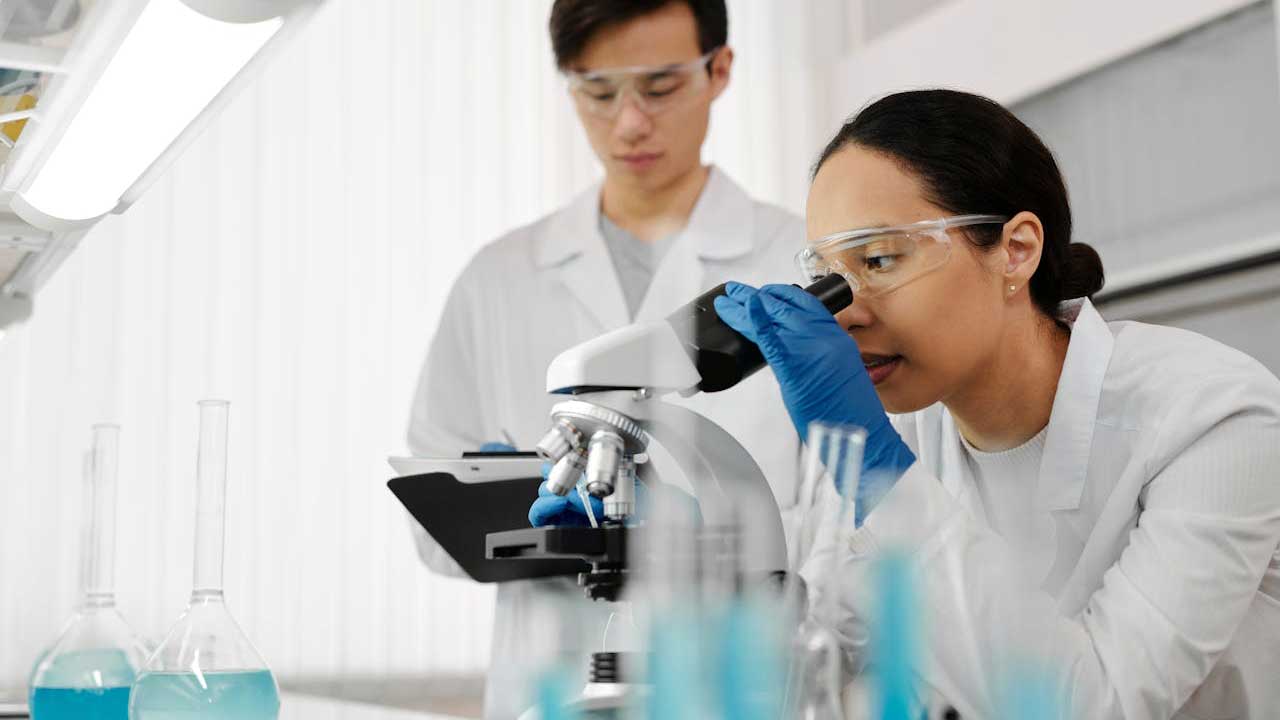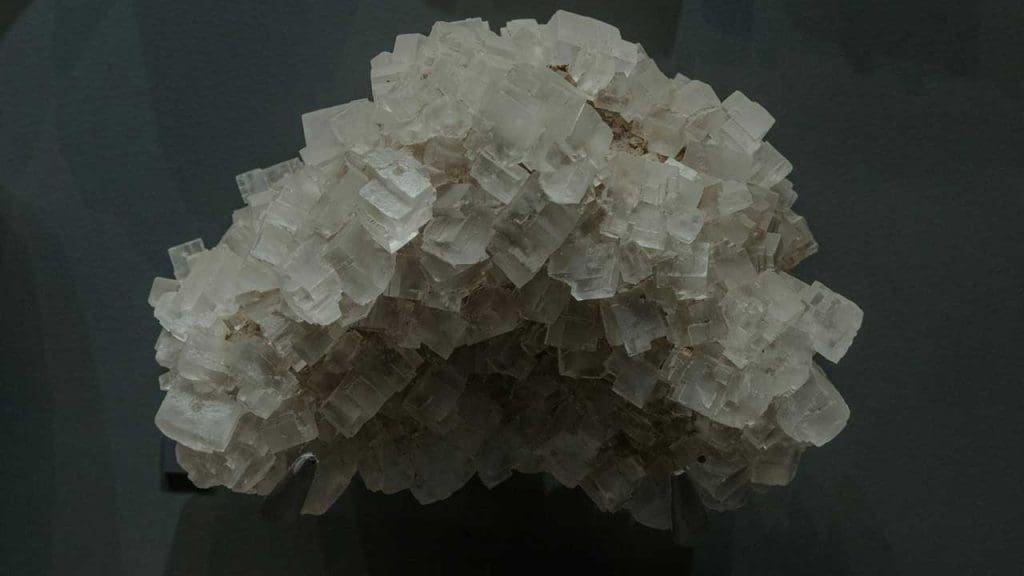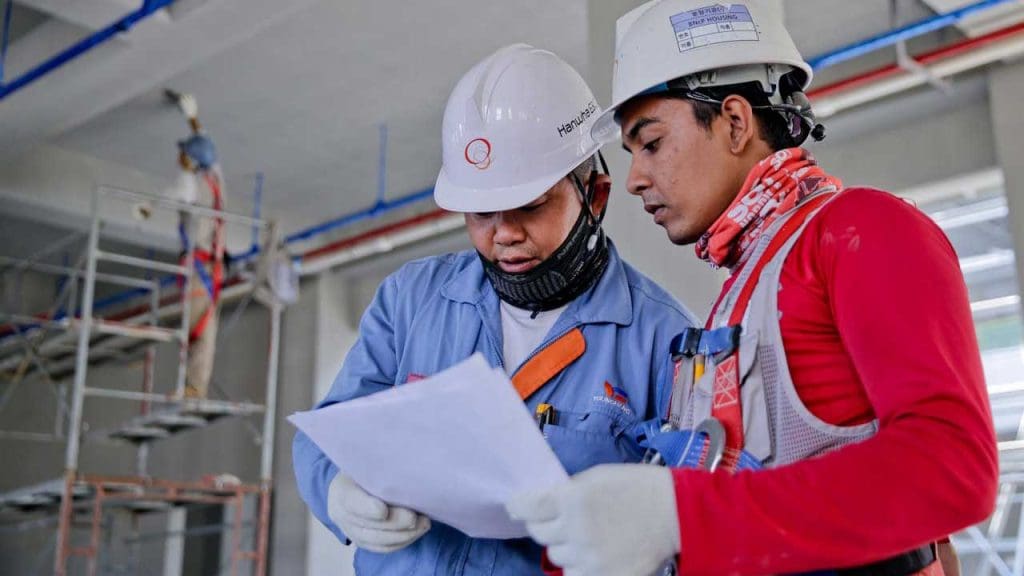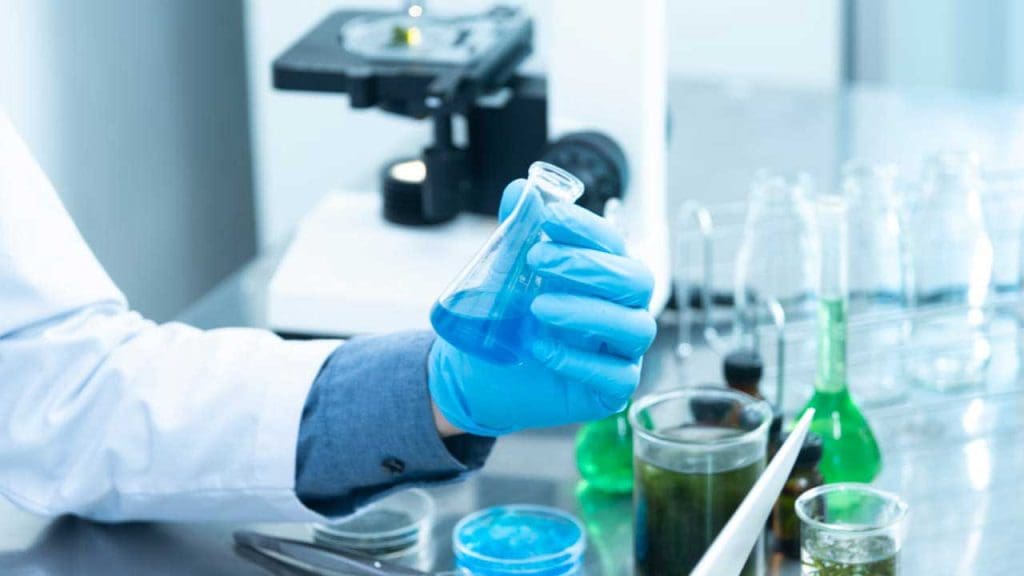
Scientists have recently made a groundbreaking discovery that transforms microplastics into a material stronger than steel, offering a promising solution to the global plastic pollution crisis. This innovative method not only addresses environmental concerns but also opens up new possibilities across various industries. In this article, we’ll explore the science behind this breakthrough, its potential applications, and the implications for the future.
The Science Behind the Transformation

The transformation of microplastics into a material stronger than steel involves a carefully orchestrated chemical process. At its core, this process utilizes advanced polymerization techniques that reorganize the molecular structure of microplastics. By breaking down the plastic polymers and reconstructing them at the atomic level, scientists have been able to enhance the molecular bonds, resulting in a material with remarkable strength and durability.
A crucial component of this transformation is the use of catalysts. These catalysts are specially designed to facilitate the chemical reactions necessary for converting microplastics into the super-strong material. They play a pivotal role in speeding up these reactions while ensuring that the end product possesses the desired material properties. Without the right catalysts, achieving the required strength and durability would be significantly more challenging.
When compared to traditional materials like steel, this new material offers several advantages. Not only does it exhibit superior strength, but it also boasts a lighter weight, which can be beneficial in various applications. Additionally, the environmental impact of producing this material is considerably lower, as it repurposes existing plastic waste rather than relying on the extraction of new resources.
Potential Industrial Applications

The construction industry stands to benefit significantly from this breakthrough. The material’s strength and lightweight properties make it an ideal candidate for creating more sustainable building materials. Structures built with this material could potentially withstand extreme weather conditions better than those made with conventional materials, offering both safety and longevity.
In the automotive and aerospace sectors, the potential applications are equally promising. The material could be used to manufacture lighter vehicles and aircraft, contributing to increased fuel efficiency without compromising on safety. This could lead to a reduction in emissions and a move towards more sustainable modes of transportation.
For consumer goods, the increased durability of this material presents an opportunity to produce everyday items that last longer and have a reduced environmental footprint. From electronics to household items, the potential for innovation is vast, and the benefits extend to both manufacturers and consumers.
Environmental Impact and Sustainability

One of the most significant environmental benefits of this method is the reduction of plastic waste. By transforming microplastics into a valuable resource, this process helps to alleviate the burden of plastic pollution on ecosystems worldwide. The potential to repurpose what was once waste into something useful is a major step forward in addressing environmental challenges.
The lifecycle of this new material is also designed with sustainability in mind. It can be recycled or repurposed at the end of its life, contributing to a circular economy. This means that the material can be continually reused, reducing the need for new raw materials and minimizing waste.
In terms of energy consumption and carbon footprint, the transformation process is relatively efficient compared to traditional manufacturing methods. By utilizing existing plastic waste as a raw material, the energy required for production is reduced, leading to a lower overall carbon footprint.
Economic and Social Implications

The economic viability of producing this material on a large scale is a critical consideration. As the technology matures, the cost of production is expected to decrease, making it a competitive alternative to traditional materials. This could lead to widespread adoption across various industries, driving economic growth and creating new market opportunities.
With the development and deployment of this technology, there is potential for job creation and industry growth. New industries focused on the production and application of this material could emerge, providing employment opportunities and contributing to economic development.
The public perception and adoption of products made from this innovative material will play a crucial role in its success. As consumers and businesses become more environmentally conscious, the demand for sustainable and durable products is likely to increase, paving the way for widespread acceptance and use of this groundbreaking material.
Future Research and Development

Despite its potential, there are ongoing challenges in refining and scaling up the transformation process. Researchers are working to overcome these obstacles, focusing on optimizing the chemical reactions and improving the efficiency of the catalysts involved. Addressing these challenges is essential for making the material widely accessible and cost-effective.
Collaboration between scientists, industry leaders, and policymakers is vital to advance this technology. By working together, these stakeholders can ensure that the material is developed responsibly and integrated into industries in a way that maximizes its benefits while minimizing any potential risks.
Looking to the future, this breakthrough could inspire further advancements in material science and environmental technology. As research continues, new innovations may emerge, offering even more sustainable and efficient solutions to global challenges. The potential for this discovery to drive change is immense, and its impact could be felt across the world for years to come.